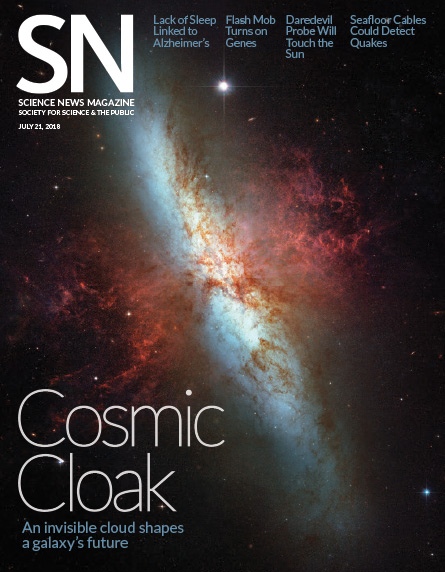Readers’ interest piqued by Parker Solar Probe, general relativity and more
Your letters and comments on the July 21, 2018 issue of Science News
 Sunny-side up
Sunny-side up
NASA’s Parker Solar Probe is on its way to “touch” the sun. Maria Temming reported on the mission before the August 12 launch in “NASA’s Parker probe is about to get up close and personal with the sun” (SN: 7/21/18, p.